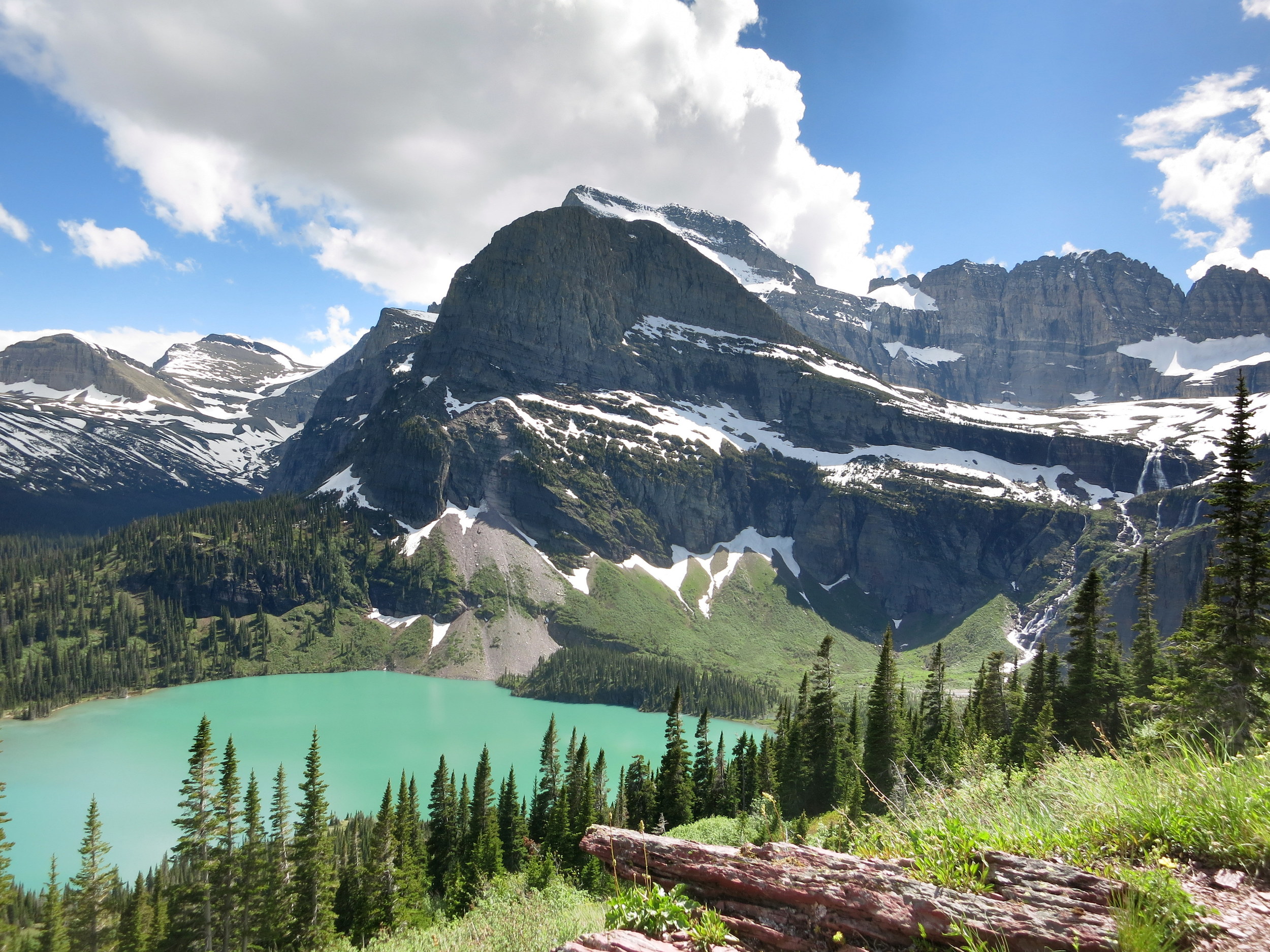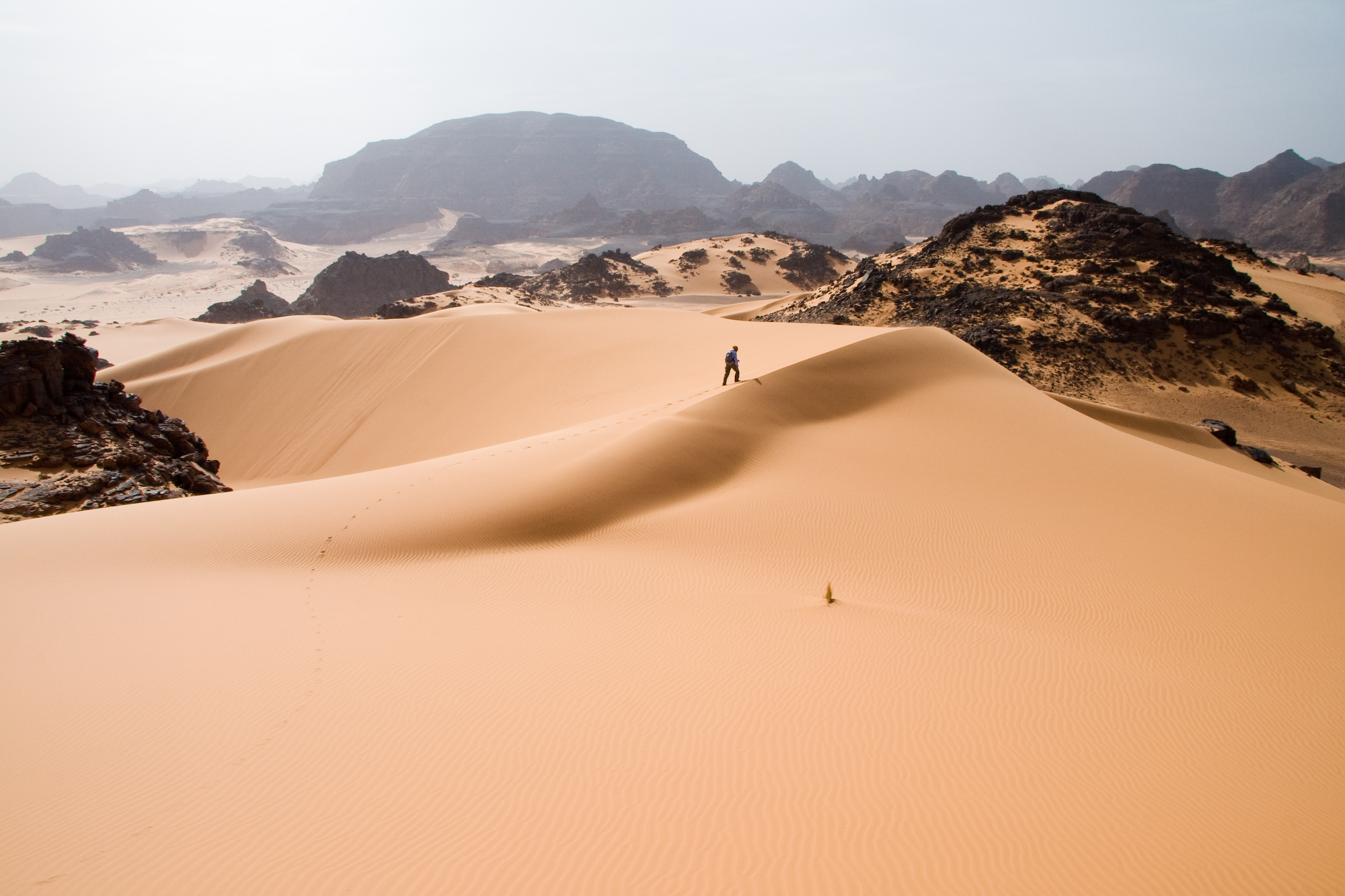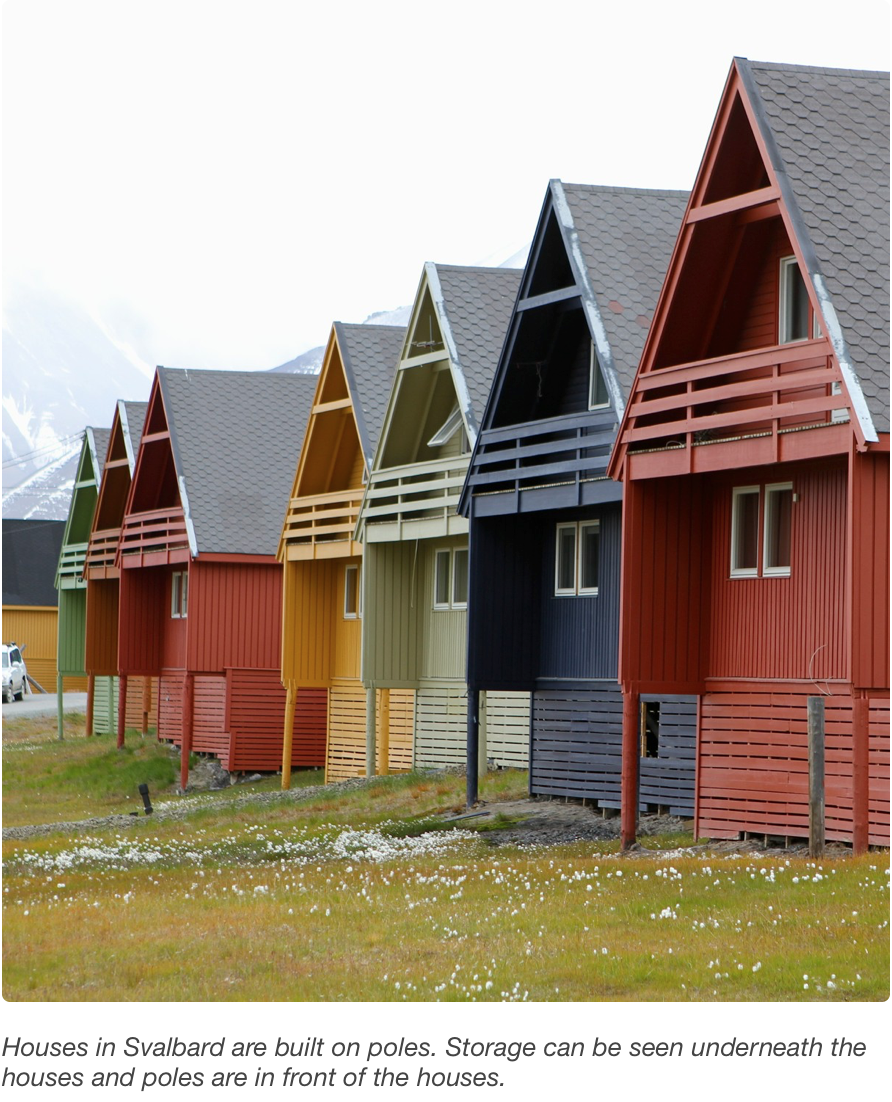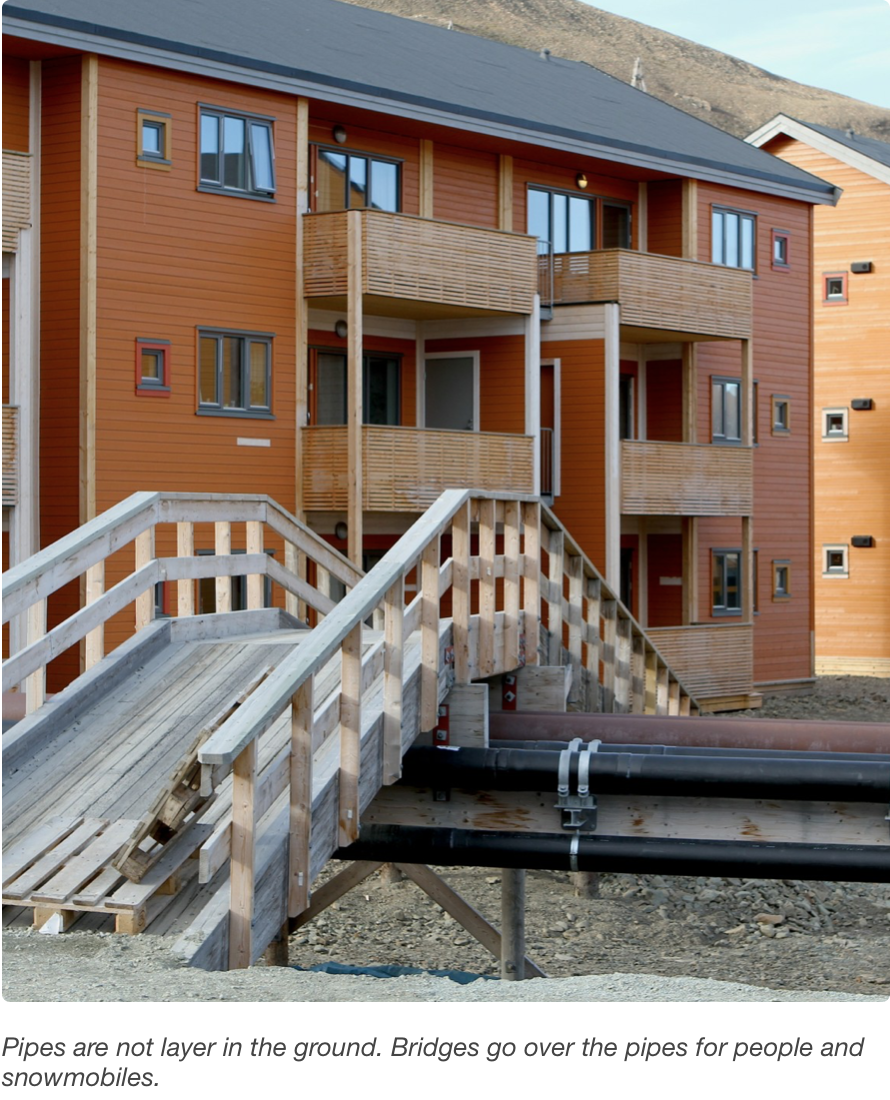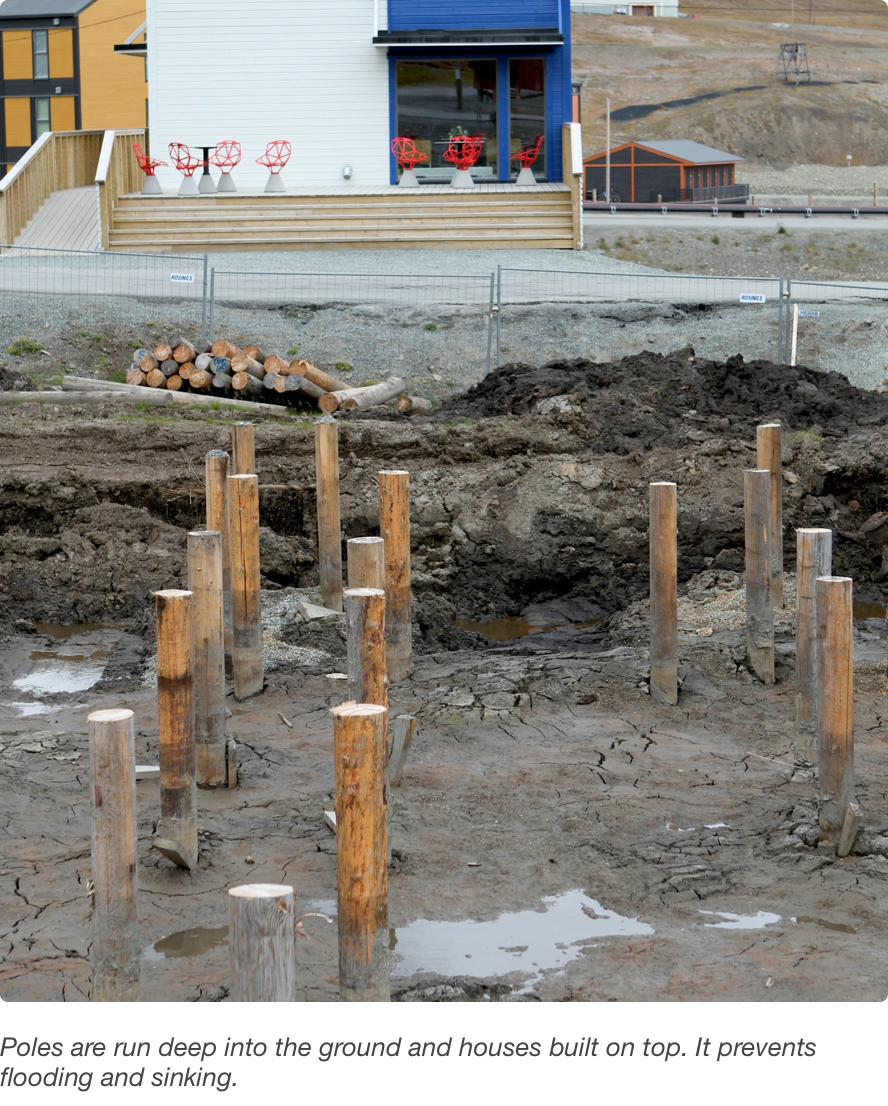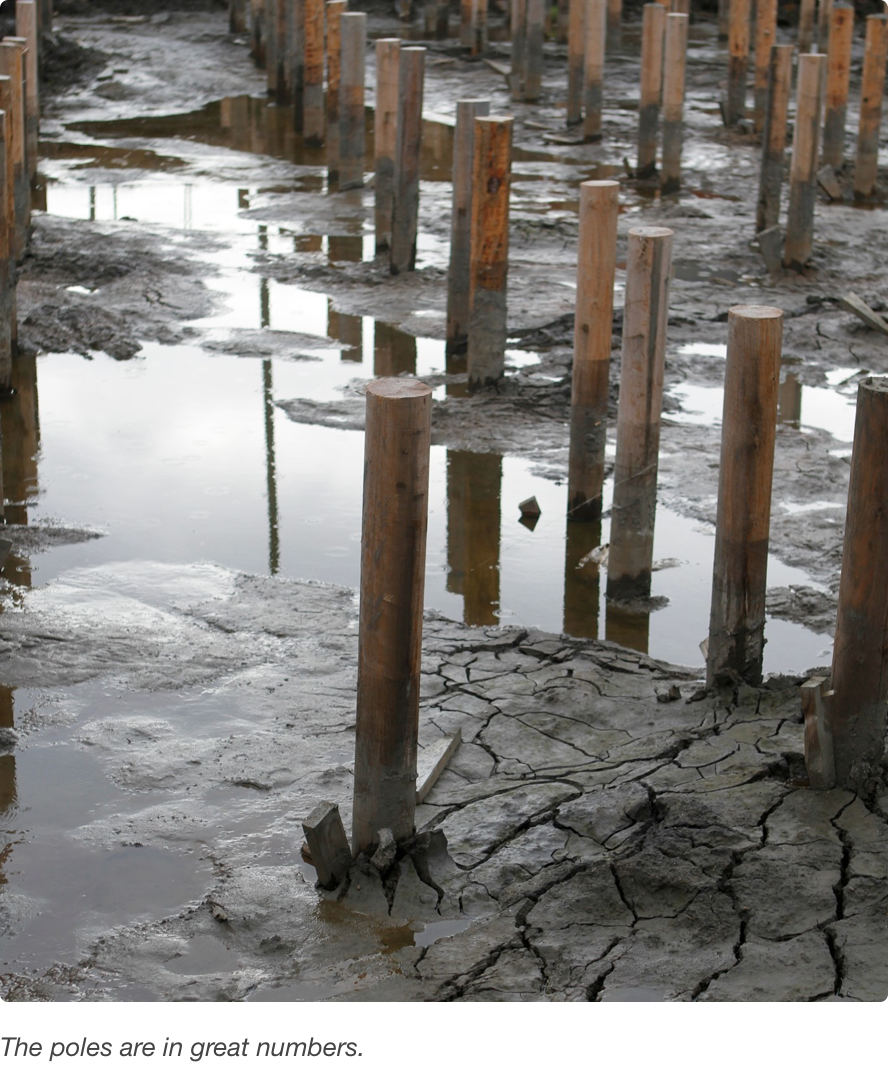




Global Distribution
Global-scale distribution of cold and high altitude environments (polar, glacial areas, periglacial areas, high mountains in non-polar places) and hot arid environments (hot deserts and semi-arid areas)
Global Distribution
Global-scale distribution of cold and high altitude environments (polar, glacial areas, periglacial areas, high mountains in non-polar places) and hot arid environments (hot deserts and semi-arid areas)
global distribution OF EXTREME ENVIRONMENTS
DESCRIBING DISTRIBUTION
Global Subregions (UN)
Distribution refers to the way something is spread out or arranged over a geographic area. Describing distribution is an important skill for IB Geography. Referring to global subregions in your answer is a useful way to gain extra marks.
TASK 1: Study the maps below and write a description of the distribution using the key words below to help.
north/south/east/west named continents/regions coastal/inland highest/lowest hemisphere tropics/mid latitude/polar
GLOBAL DISTRIBUTION OF COLD & HIGH ALTITUDE ENVIRONMENTS
In the Köppen climate system, polar climates are defined as the warmest temperature of any month being below 10 °C (50 °F). Polar climates are further divided into two types, tundra climates and icecap climates (Source).
GLOBAL DISTRIBUTION OF HOT, ARID ENVIRONMENTS
Hot, arid climates are characterised by the amount of annual precipitation less than a threshold value that approximates the potential loss of moisture by evapotranspiration. (Source)
TASK 2: DISTRIBUTION AND CHARACTERISTICS OF EXTREME ENVIRONMENTS
Research and present an overview of the distribution and characteristics of each of the following climate zones:
REASONS FOR COLD TEMPERATURES
Why polar regions are colder
REASONS FOR ARIDITY
Hadley cells and climate
Rain shadow effect
REVIEW
Form pairs with person A unable to see the diagrams. Person B describes the picture for A to draw.

Relief and Climate
Describe the relief and climatic characteristics that make environments extreme, including unreliability and intensity of rainfall in arid environments and the risk of flash floods
Relief and Climate
Describe the relief and climatic characteristics that make environments extreme, including unreliability and intensity of rainfall in arid environments and the risk of flash floods
TASK 1: Compare and contrast the climate of the two places below. Include data in your answer.
CLIMATE AND RELIEF OF EXTREME ENVIRONMENTS
TASK 2: Use the following resources to research and summarise the climate and relief of different extreme environments:
MYSTERY IMAGE
TASK 3: What has happened to the vehicle in the photo below?
FLASH FLOODS
An arid area receives less than 250 mm of rain per year.
Most deserts get what little precipitation they do receive in a few, heavy rainfalls, rather than many light rains spread out over the course of the year. This leads to seasonal lakes and rivers which may last a few months, or even only a few days. Dry river beds are a common sight in many deserts, and are called wadis in some African and Middle Eastern deserts.
In order to understand how a flash flood like the one above can happen in hot, arid areas, we must first understand how drainage basins work.
TASK 3: Study the diagram. Identify the processes which would be affected by:
extreme high temperatures
lack of vegetation cover
CAUSES OF FLASH FLOODS IN ARID AREAS
TASK 4: Draw a labelled diagram including all of the information below
Flooding occurs when rainfall intensity exceeds infiltration capacity generating surface runoff/overland flow leading to flooding.
Causes of flooding in deserts:
summer convection rainfall bringing high amounts of precipitation
unvegetated desert surfaces reduce interception and infiltration, increasing overland flow
high concentrations of water in wadis, gullies or channels
presence of desert crusts (duricrusts) and other barriers to infiltration (rocks in desert pavement etc).
practice exam question
Describe the climatic characteristics of either periglacial or glacial environments. [4 marks]
Mark Scheme
Key aspects will be temperature, temperature range, seasonality, precipitation.
Award 1 mark for each valid statement, supported by some quantification or development.

Challenges
How relief, climate, human discomfort, inaccessibility, and remoteness present challenges for human habitation and resource development
Challenges
How relief, climate, human discomfort, inaccessibility, and remoteness present challenges for human habitation and resource development
Study the image of a high-mountain area below. State the characteristics which present challenges for human habitation (housing, road and communication infrastructure) and resource development (agriculture, mineral extraction).
PERIGLACIAL ENVIRONMENTS
TASK 1: Watch the videos and note how challenges (relief, climate, human discomfort, inaccessibility, and remoteness) present challenges for human habitation and resource development
CHALLENGES OF PERIGLACIAL ENVIRONMENTS
A periglacial landscape. Jackson Hole, USA
Periglacial environments have a cold climate and are frequently marginal (next to) to glacial environments. These areas are subject to intense cycles of freezing and thawing of surface sediments.
Permafrost is soil, rock or sediment that is frozen for more than two consecutive years. Permafrost is closely associated with periglacial environments and permafrost processes take place within a periglacial environment
CHALLENGES OF PERMAFROST
TASK 2: Access the resources and make notes on how periglacial environments create challenges for human habitation and resource development, as well as the measures used to overcome them.
HUMAN HABITATION AND RESOURCE DEVELOPMENT
Illustrate the challenges and explain how they affect human habitation and resource development.
RESOURCE DEVELOPMENT IN PERIGLACIAL AREAS
CASE STUDY: TRANS-ALASKA PIPELINE
Research the trans-Alaska pipeline and note some key facts
Watch the video documentary and complete the A3 writing frame

Changing Distribution
Describe and explain the changing distribution of extreme environments over time, including the advance and retreat of glaciers and natural desertification
Changing Distribution
Describe and explain the changing distribution of extreme environments over time, including the advance and retreat of glaciers and natural desertification
List as many causes of climate change as you can. Prepare to share these with the class.
NATURAL CLIMATE CYCLES
TASK 1: Read the text and watch the video. Explain the natural (non-human) causes of climate change.
Human activity is undeniably linked to an increase in CO2 in the atmosphere, which is changing the Earth’s climate. However, climate has been constantly changing throughout history.
If the distribution of extreme environments is dictated by the type of climate, changes to climate therefore influence the distribution of extreme environments. In order to understand historic changes to the distribution of extreme environments, we must therefore first understand that natural changes to climate have influenced the distribution of extreme environments over time.
Watch the video above and make notes on the natural causes of climate change.
COLD & HIGH ALTITUDE ENVIRONMENTS
TASK 2: Watch the video and answer the questions below:
Questions:
Name the different types of glacier.
Explain how glaciers form.
Outline why glaciers an important resource for humans.
Describe how are glaciers changing and what the causes for this are.
THE GLACIAL SYSTEM
Glaciers are the products of a system which includes inputs, storage and outputs. The balance between these is called the glacial budget or glacial regime.
INPUTS
Snow accumulation
Avalanches
Debris
Heat
Meltwater
STORES
Ice
Water
Debris
Moraine
OUTPUTS
Ablation (ice to water)
Sublimation (ice to vapour)
Sediment
GLACIAL BUDGET
accumulation > ablation, glacier advances
accumulation < ablation, glacier recedes
accumulation = ablation, glacier maintains same size
CLIMATE CHANGE AND HOT, ARID ENVIRONMENTS
Desertification is a type of land degradation in which a relatively dry area of land becomes a desert, typically losing its bodies of water as well as vegetation and wildlife. It is caused by a variety of factors, such as through natural and anthropogenic (human caused) climate change (particularly the current global warming) and through the overexploitation of soil through human activity.
Fig. 2. Desertification in the Sahel region of Mali
When deserts appear automatically over the natural course of a planet's life cycle, then it can be called a natural phenomenon; however, when deserts emerge due to the rampant and unchecked depletion of nutrients in soil that are essential for it to remain arable, then a virtual "soil death" can be spoken of, which traces its cause back to human overexploitation.
Desertification is a significant global ecological and environmental problem with far reaching consequences on socio-economic and political conditions. (Source)
HUMAN-INDUCED DESERTIFICATION
NATURAL DESERTIFICATION
EXTRA RESOURCES



















